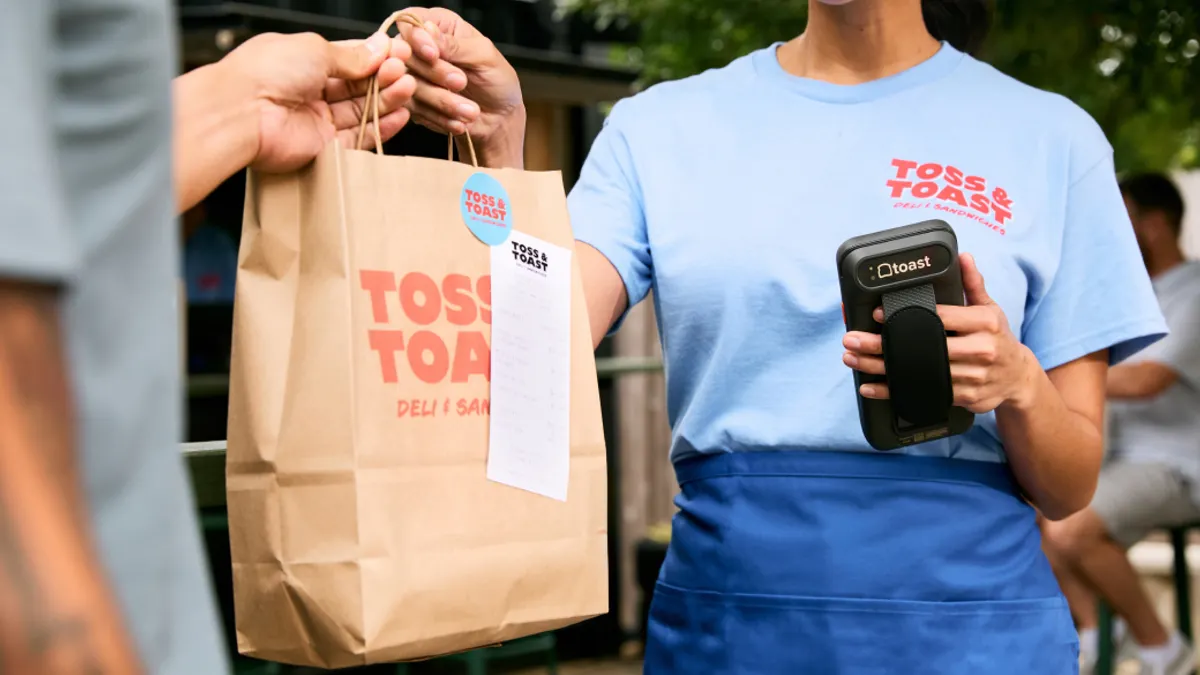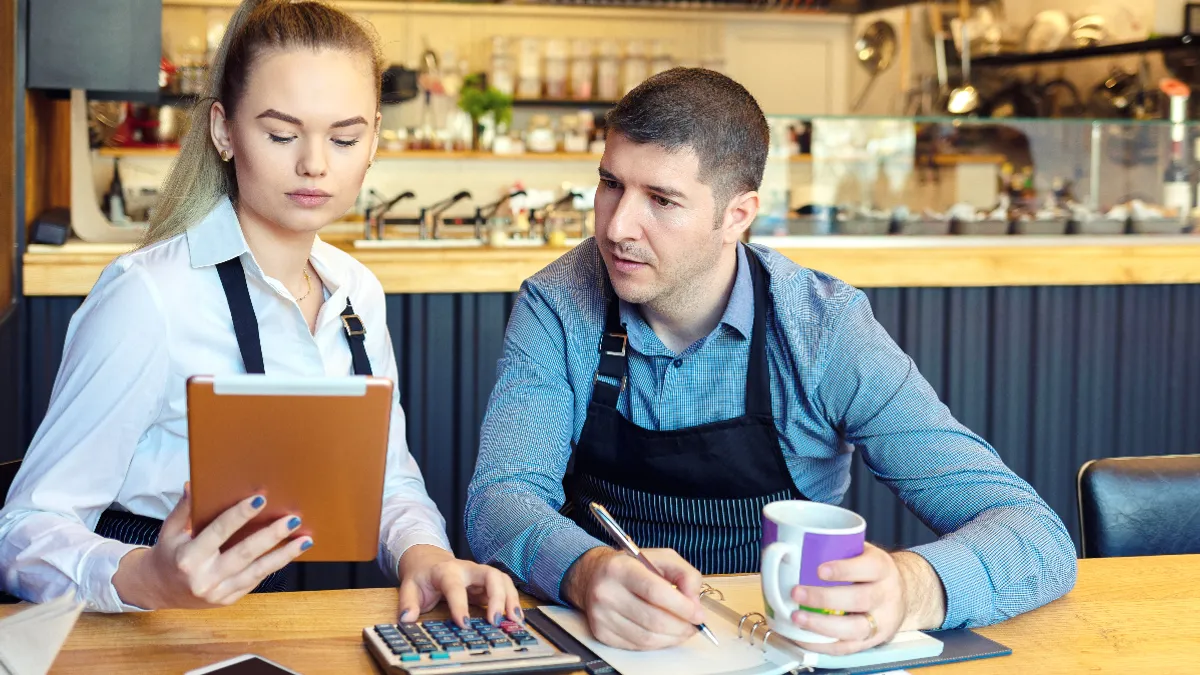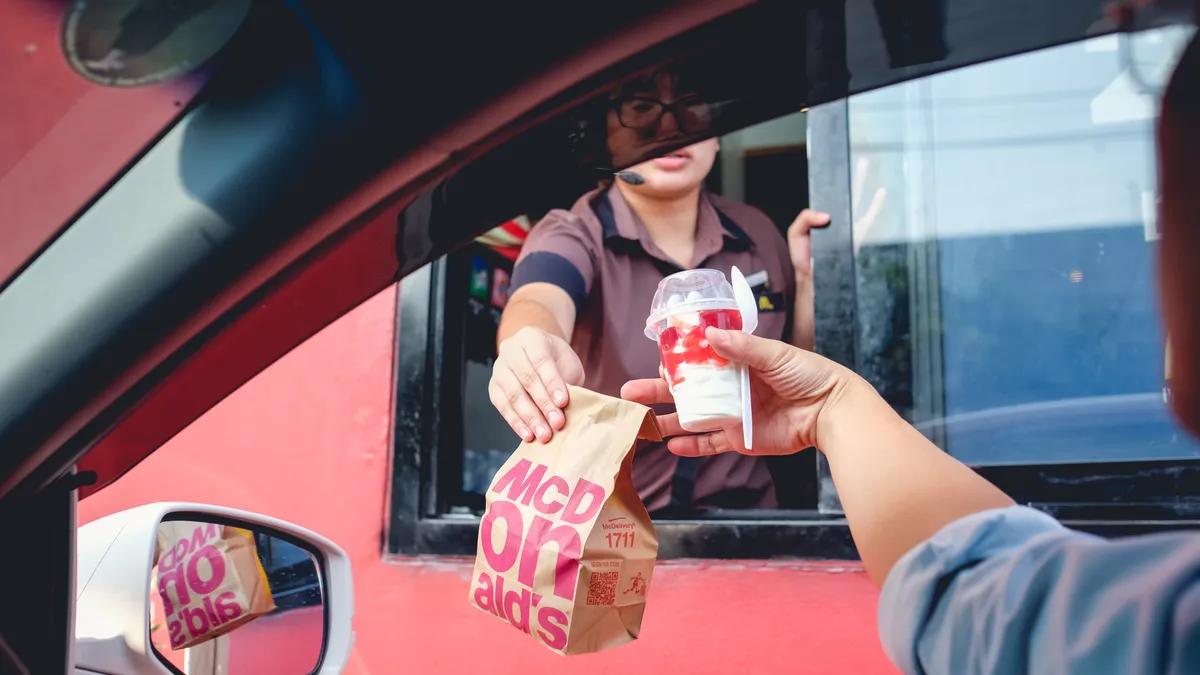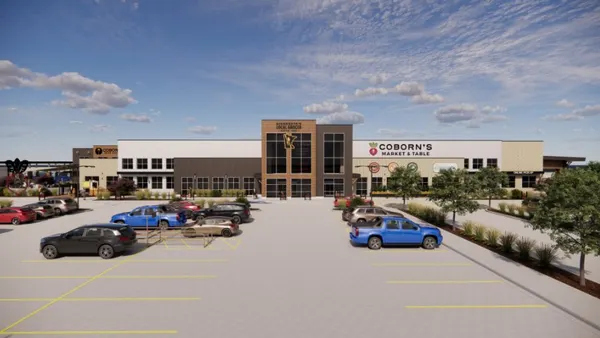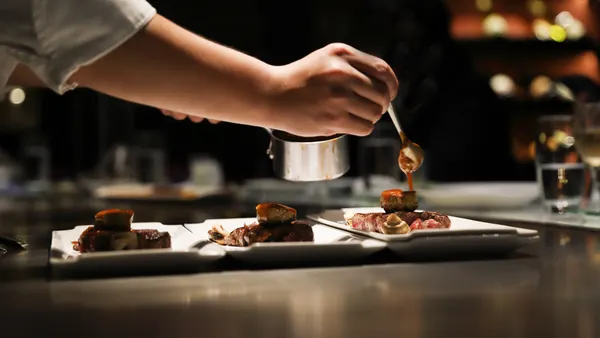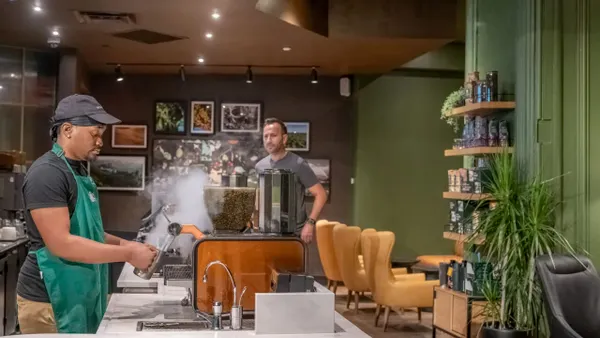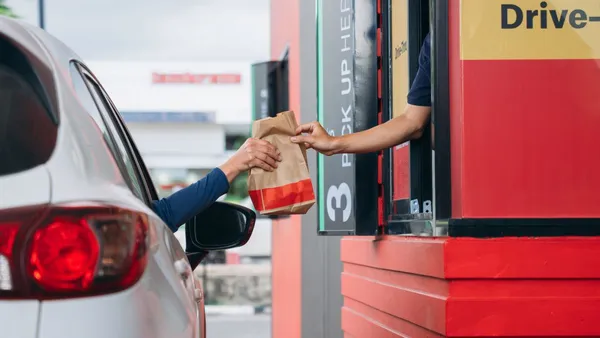The future is here—and it's lighting up kitchen display screens everywhere.
Nearly 75% of all restaurant traffic now happens off-premises, meaning almost three out of four orders are taken to go. This shift represents a significant change in how the food service industry operates. Let's examine what this evolution means for restaurant operators and how they're adapting to succeed in this new landscape.
From dining rooms to doorsteps
This statistic helps tell the story of how consumer behavior has evolved and how restaurants have adapted to meet customers where they are. Operators now juggle in-person service with delivery logistics, measuring success across both channels.
The transition wasn't always smooth. Many restaurants found themselves working to adapt systems and workflows that were originally designed for dine-in only service.
Joe Fontana, founder and owner of Fry the Coop, recently shared this sentiment with Uber Eats for Merchants.
"Years ago, every delivery partner had to have its own tablet," he said. "We're talking dings going off, and then you have to take that order and then re-put it into your POS system so it fires in the kitchen. So it was actually a mess to start."
That "mess" Fontana describes was a widespread problem across the industry. Multiple tablets cluttered counters, manual order entry created bottlenecks, and disconnected systems slowed service as restaurants worked to adapt their operations to handle the growing demand for delivery and takeout.
The technology bridge
The integration between platforms like Toast and Uber Eats shows how technology can help dissolve operational friction (and restore sanity to restaurant kitchens).
"Orders come seamlessly right to our KDS screens. Just boom, they see an order pop up. Zero problems," said Fontana. This seamless integration transforms what was once a source of stress into what Fontana calls "a game changer."
Kelly Esten, Chief Marketing Officer at Toast, explains the broader impact: "All of it comes into Toast in one place, and it's seamless for the staff and store to manage. Often on a busy Friday night, a lot is being thrown at them, and the integration makes it a lot easier for them to execute and make the experience great for their guests."
The difference can be night and day for restaurant teams who previously struggled with fragmented systems and constant platform-switching during their busiest service periods.
Dual revenue driver
Off-premise dining (made up of takeout, delivery, and drive-thru) now accounts for a substantial portion of restaurants’ annual revenue, according to an internal Toast survey. This trend underscores the increasing importance of integrating these channels into overall restaurant strategy.
As Esten puts it, "Delivery has become essential to restaurant success. They see it both as a marketing engine and as a revenue source."
This dual function matters enormously in today's competitive landscape, creating valuable touchpoints for new customer acquisition and retention that extend far beyond the restaurant's four walls. Every delivery becomes an opportunity to showcase the brand, build loyalty, and expand market reach in ways that were impossible when restaurants were limited to their physical footprint and local walk-in traffic.
Creating great guest experiences
The ultimate goal of the technological improvements noted above goes beyond revenue. As Esten notes, the goal is making restaurants "a lot easier [to run], a lot more profitable, and… all about the food and the hospitality that our customers provide their guests."
This focus on simplification allows restaurant teams to concentrate on what they do best: the fundamentals of running a restaurant. When the technology handles the operational complexity seamlessly, staff can focus their energy on quality and customer experience, rather than juggling multiple systems and platforms.
The new off-premise reality
The 75% off-premise statistic reflects current consumer behavior and provides insight into the industry's direction. The challenge for operators is how to excel at off-premise service while maintaining the quality and service standards their customers expect.
The changing dining environment calls for blending operational efficiency with the right tools, and understanding that whether a customer enjoys their meal at table two or on their living room sofa, the core promise remains the same: good food and good service.

